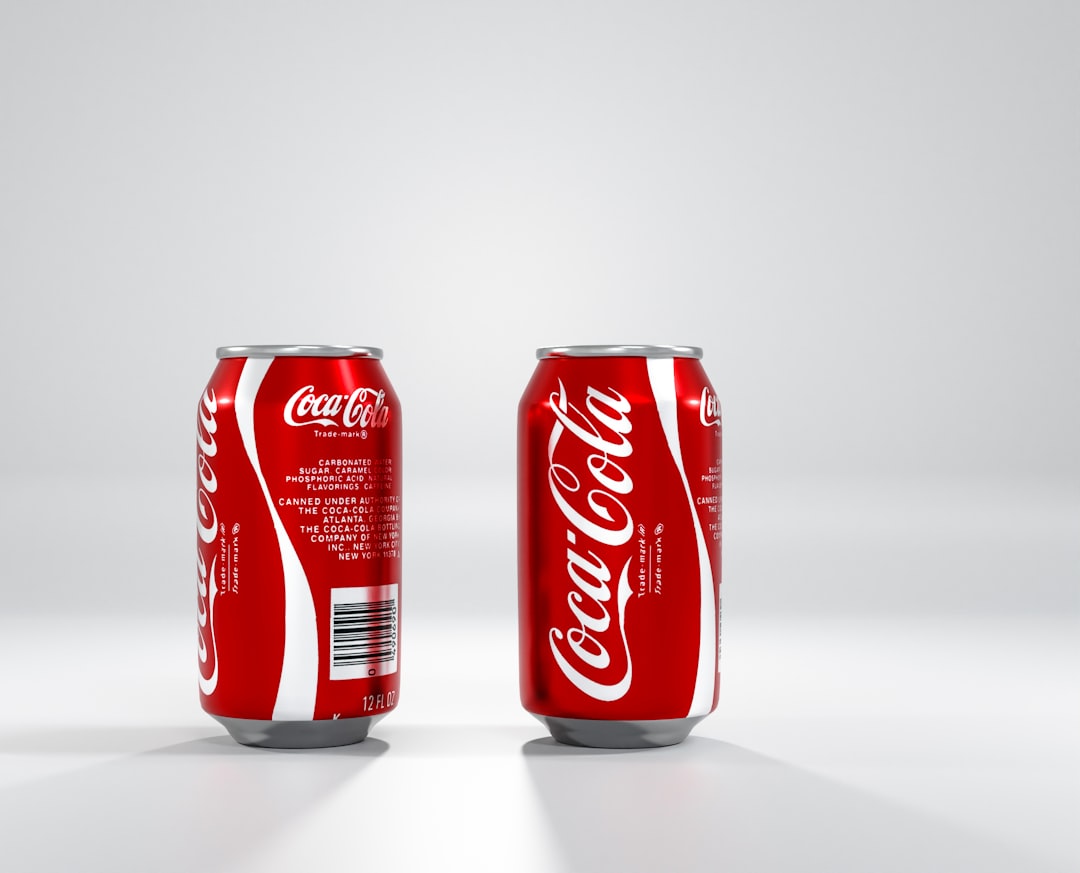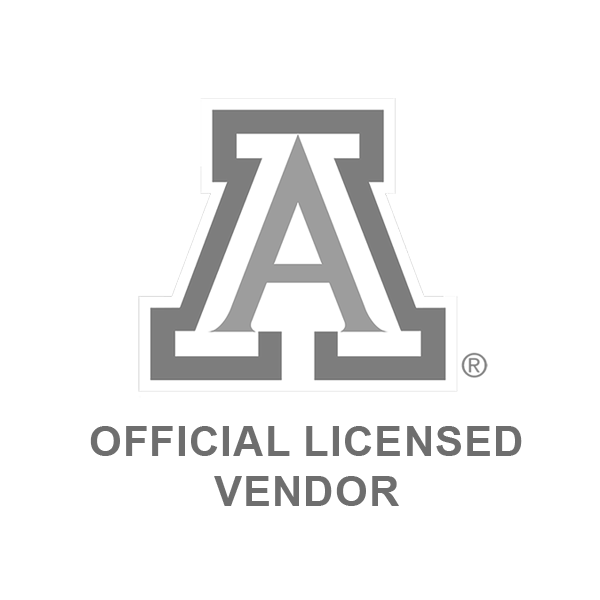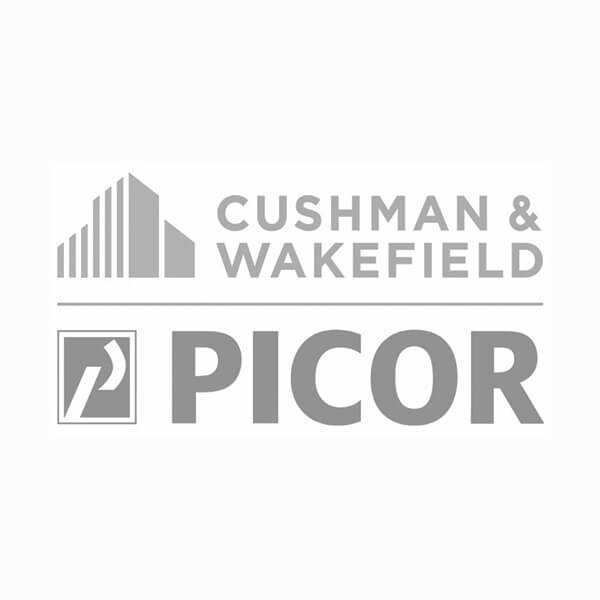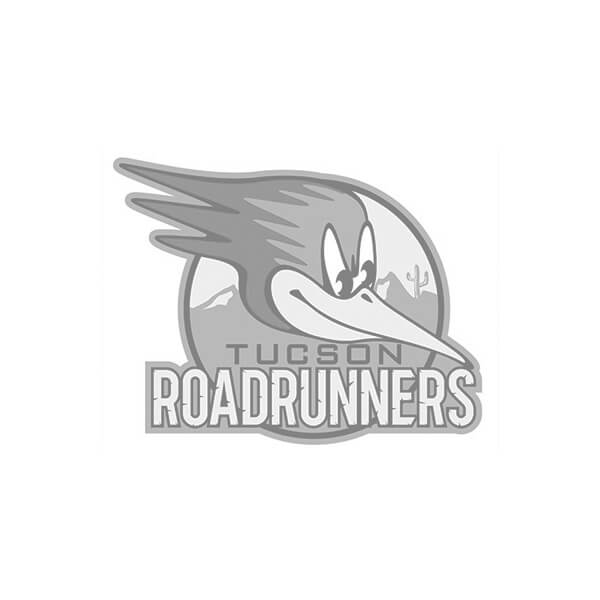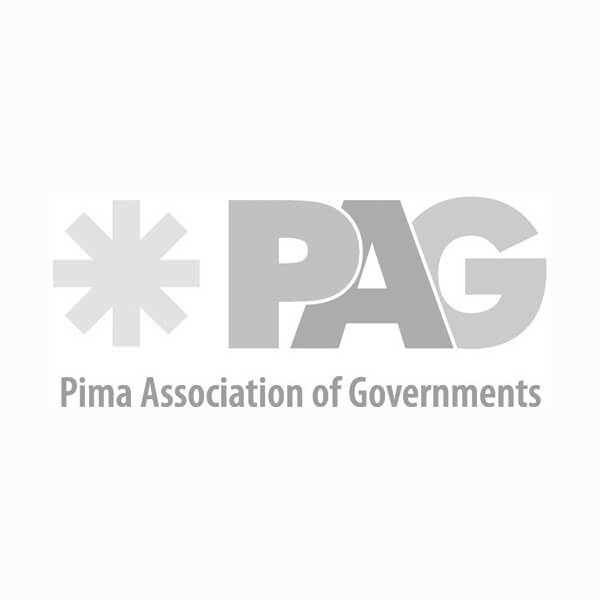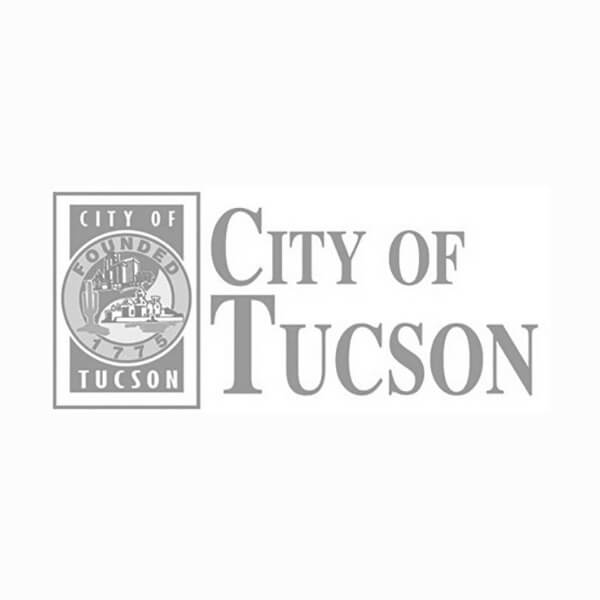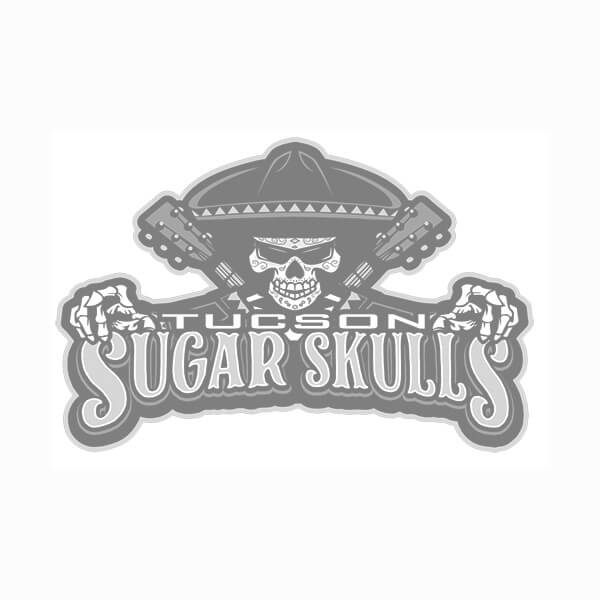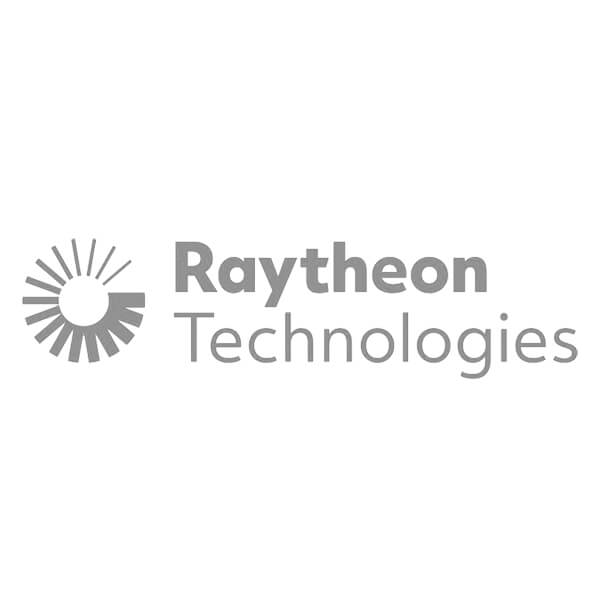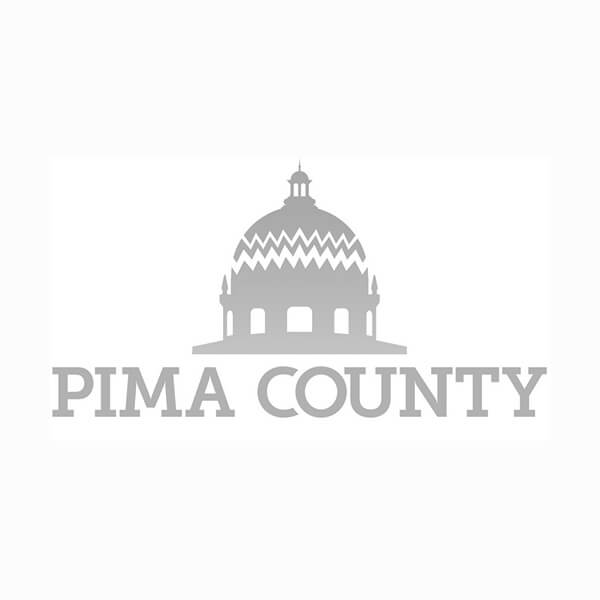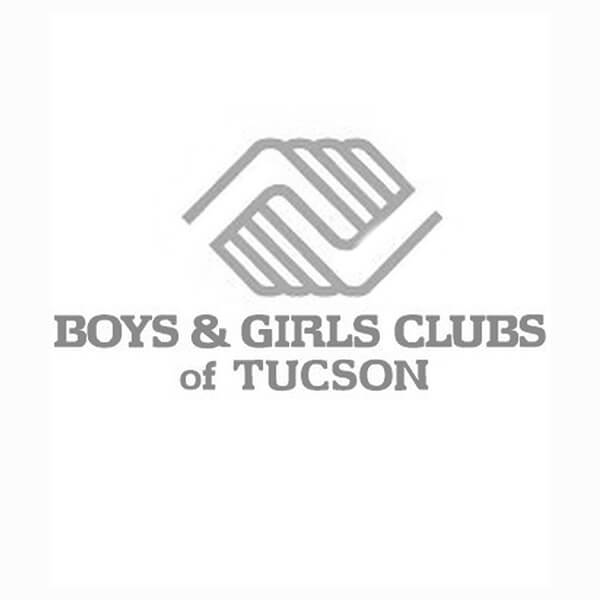The Art of Banner Making: Secrets to Producing the Best Banners for your Business.
Full color custom vinyl banners are digitally printed; although some are printed with aqueous (water-based), eco-solvent inks or UV-curable inks. Graphic Impact favors latex inks. These friendly to the environment inks produce more vivid colors and appear to last longer. There are many Chinese or Korean manufacturers of printers but we use Hewlett Packard (HP) printers for our very large banners also referred to as “grand format inkjet printers” In the production mode, these printers are capable of printing up to 1,000 square feet per hour.
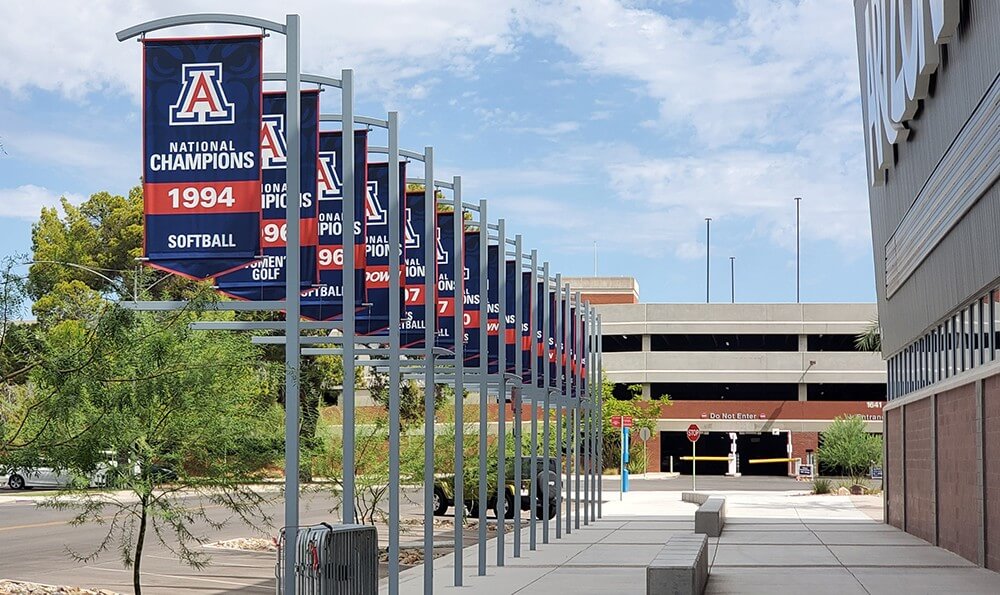
When it comes to advertising, banners are one of the most effective ways to catch the attention of potential customers. They are easy to produce, affordable, and can convey your message loud and clear. However, not all banners are created equal. To produce the best banners for your business, it’s important to follow a set of practices and techniques that ensure your message is communicated effectively. That’s where the art of banner making comes in. This article will provide you with the secrets to producing the best banners for your business. Please keep reading to learn more!
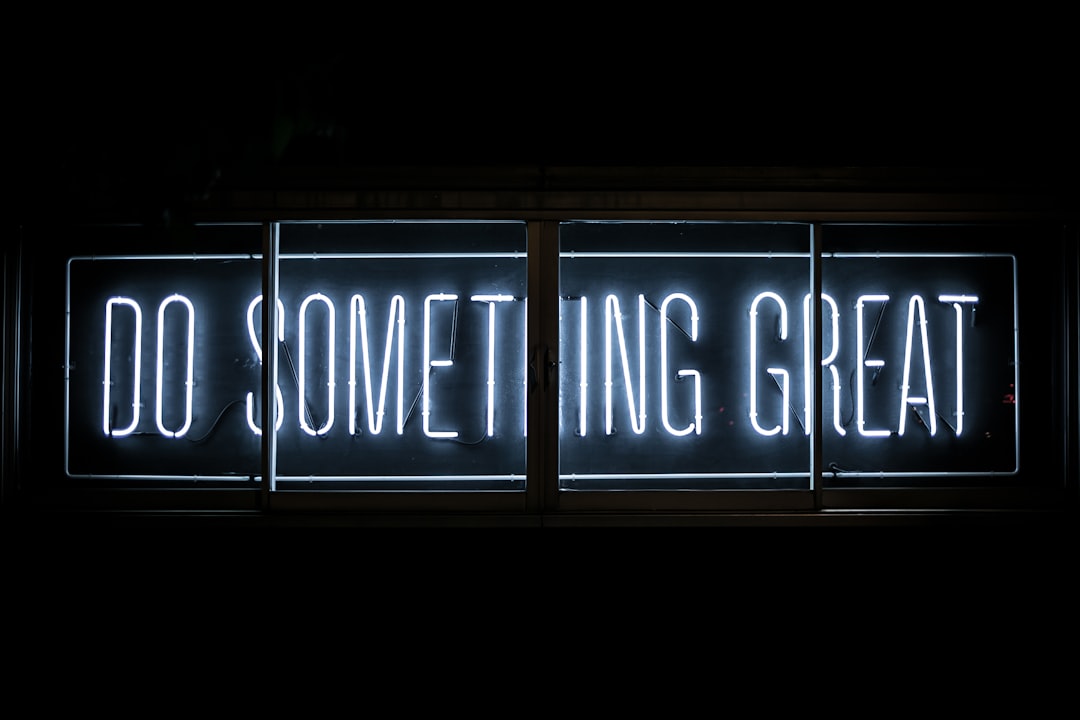
Understanding the Purpose of Banners
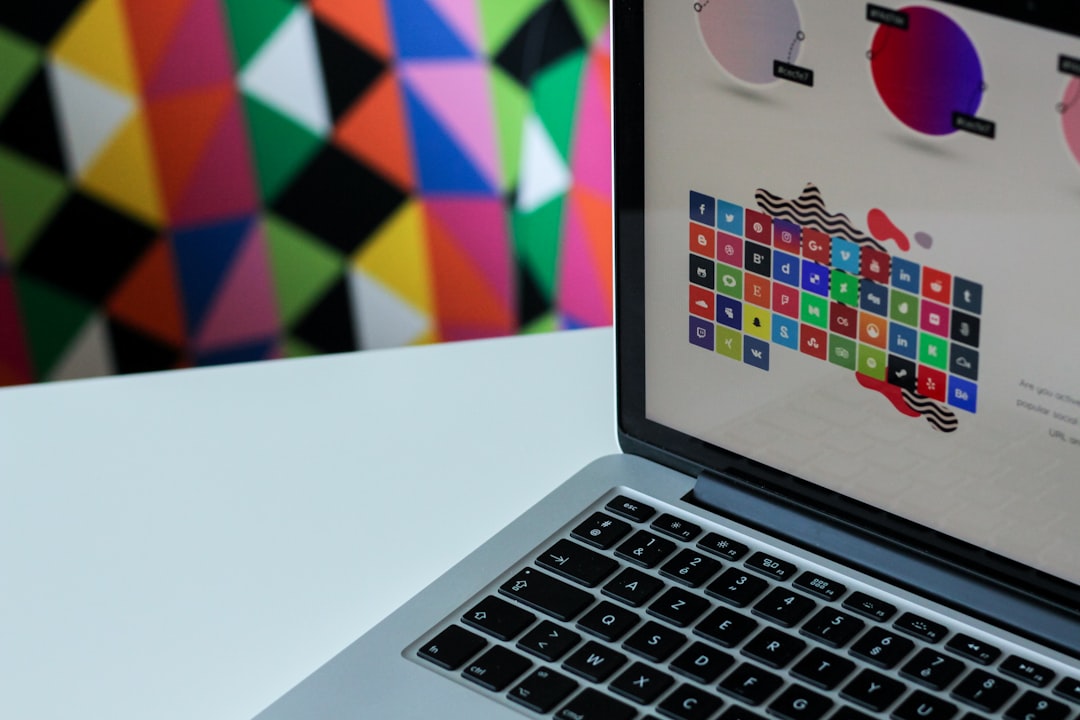
Identifying Key Elements to Include in Your Banner
Once you understand the purpose of your banner and who your target audience is, it’s time to identify the key elements that will make your banner stand out and effectively communicate your message. Here are some key elements to consider when designing your banner:
1. Design elements – Choose eye-catching and visually appealing design elements that will capture the attention of your target audience. This could be through the use of bold colors, striking graphics, or unique fonts.
2. Message – Keep your message clear and concise. Make sure it’s easy to read and understand from a distance. It’s important to communicate your message in a way that will resonate with your target audience.
3. Call-to-action – Your banner should have a clear call-to-action that encourages your audience to take action. This can be anything from “Shop Now” to “Register Today.”
4. Branding – Ensure that your banner includes your company’s logo and branding elements. This will help people identify and connect with your brand.
5. Location – Consider where your banner will be located and design it accordingly. A banner placed outdoors may need to be waterproof and withstand the elements, while a banner placed in a busy trade show may require a larger font to be easily visible from a distance.
By incorporating these key elements into your banner design, you can create a powerful marketing tool that will effectively showcase your business and attract your desired audience.

Choosing the Right Material for Your Banner

Mastering the Art of Color Coordination
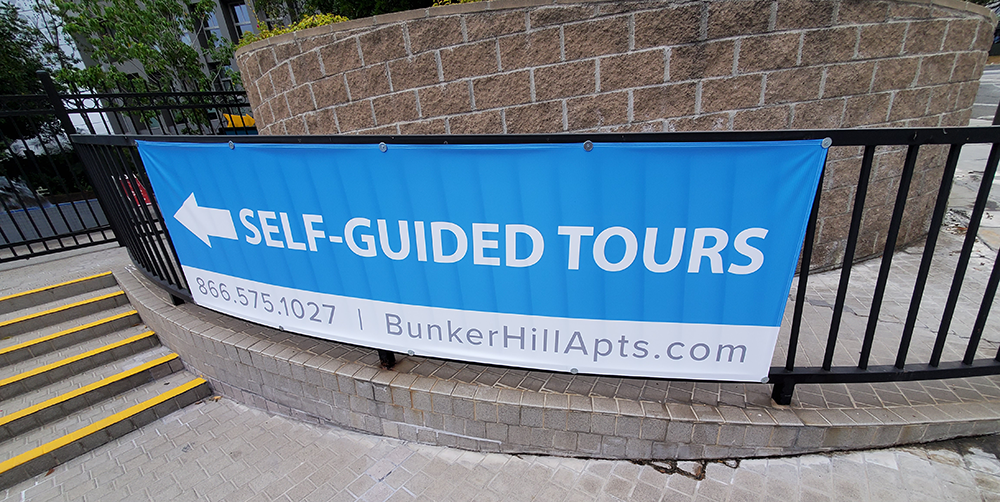
Typography: Selecting the Best Fonts for Your Banner
